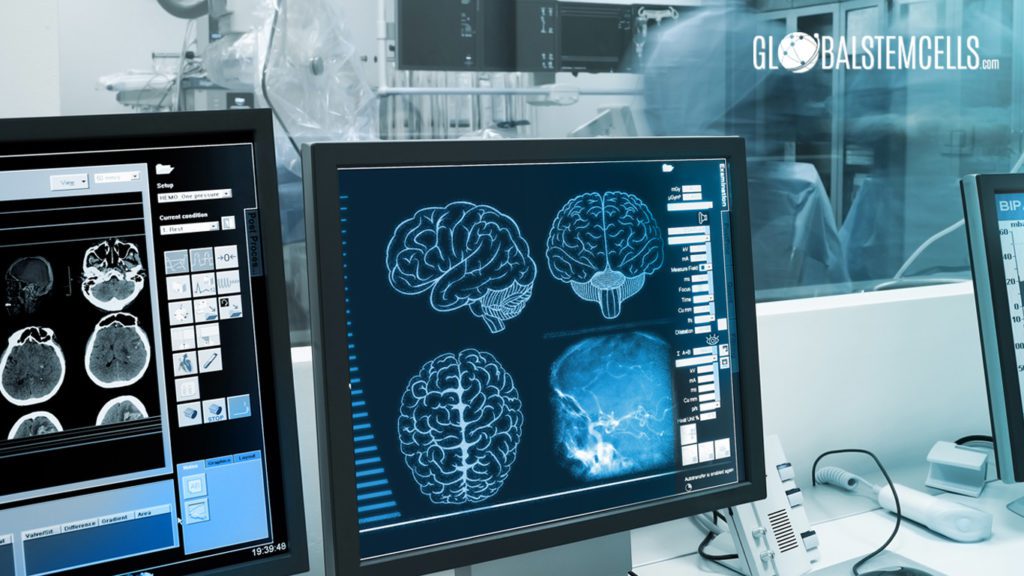A Stem Cell Treatment may help stroke recovery in patients with the method involving a single dose of millions of adult, bone-marrow-derived stem cells, a method which is observed to be safe and well-tolerated by the patients. The multicenter trial monitors stroke recovery even though it may not significantly improve their condition within the first three months, according to a research from Medical College of Georgia at Augusta University, reported by Science Daily.
The American Heart Association defines stroke as a leading cause of long-term disability and the
leading preventable cause of disability.
Results show that giving the Stem Cell Therapy early to patients within the first 36 hours after stroke symptoms appear may enhance physical recovery, reduce destructive inflammation as well as the risk for serious infections.
“There is solid evidence from our basic science work and now some indicators from this phase 2 patient trial that giving these stem cells can safely help dial back the body’s immune response to stroke injury that can ultimately further damage the brain and body,” said Dr. David C. Hess, stroke specialist and chairman of the Department of Neurology at the Medical College of Georgia at Augusta University.
The study was conducted at 33 centers in the United States and the United Kingdom from October 2011 to December 2015. It included 129 adult patients with moderately severe strokes. Some were given a dose of 400 million cells, then increased to 1,200 million cells for the majority of patients, whilst the remainder of the patients received placebo. The two groups, however, also underwent standard stroke therapies, including the clot-buster tPA and/or and endovascular procedure to retrieve the clot.
The trial was done within a timeframe of 36 hours and patients were followed for 90 days to a full year to study long term results. The result shows that a group that received Stem Cell Therapy and whose results are observed in a longer-term, rather than those under placebos, is more likely to see reduced disability and fewer infections.
The multipotent cells used in the treatment, called MultiStem, were developed by the international biotechnology company Athersys Inc., that funded the clinical trial. Doses were the largest ever given in a human cell therapy trial.
Dr. Hess said, “The cells are ‘off the shelf’ and ready to go. One donor of these cells provides hundreds of thousands of doses to patients.”
Dr. Hess explained that the cells work by modulating the body’s immune response which helps the brain heal
and remove debris from dead or damaged tissue. The researchers also found patients receiving cell therapy had lower blood levels of inflammatory signals, which prevent natural healing tendencies of the body.
Stroke also causes the spleen to shrink in size within the first hours after symptoms of stroke arise.
“Shrinkage that follows a stroke prompts it to quickly dump activated immune cells that can go to the brain and worsen inflammation and damage there,” Hess said. The spleen is an organ about four inches long located to the left of the stomach and is an important immune system regulator that filters blood and stores immune cells. Although, in the trial, the spleen was not examined, animal trials proved that there is a spleen shrinkage reduction with cell therapy and researchers hope to look more into this in future studies.
H/T: Science Daily




 English
English